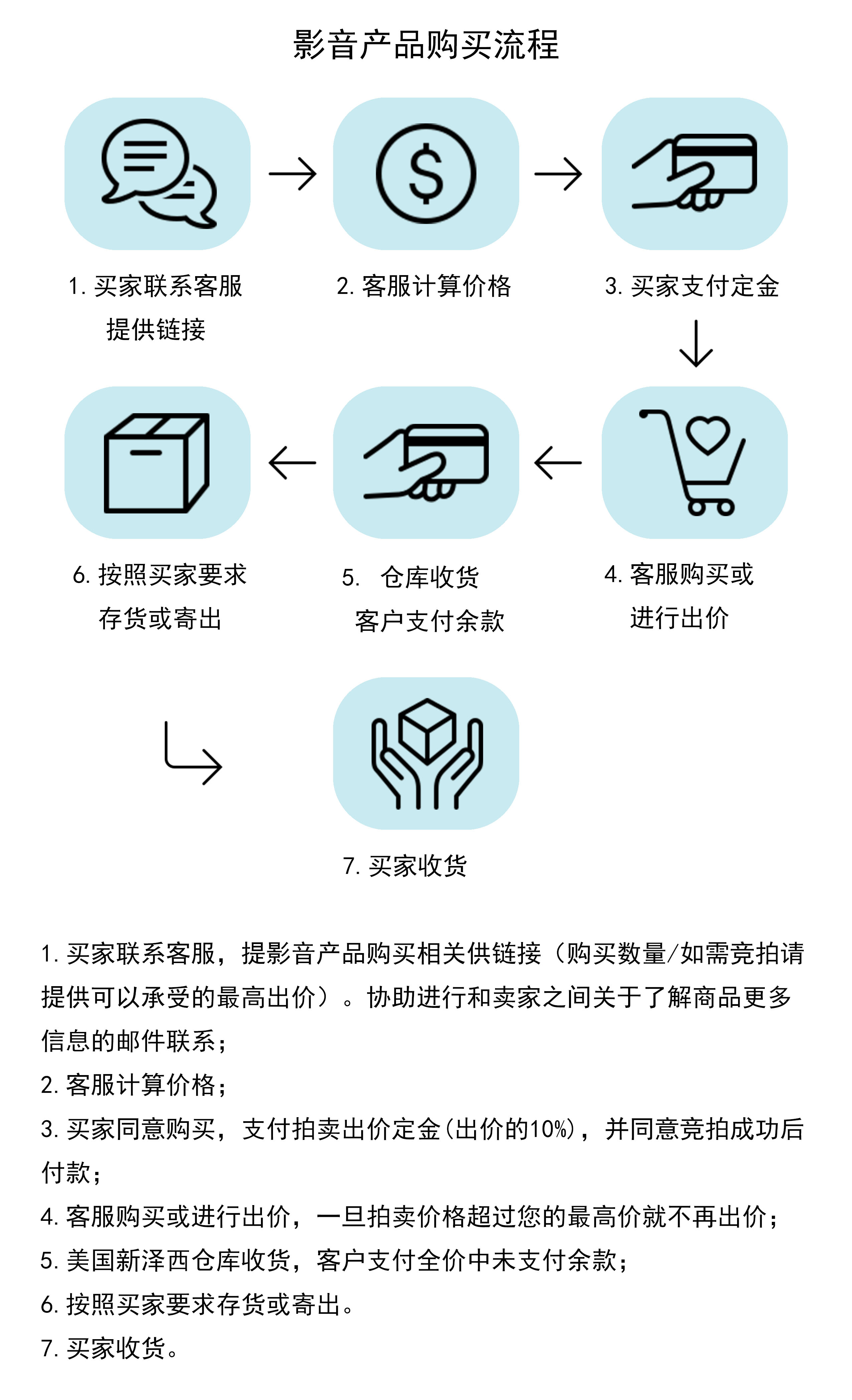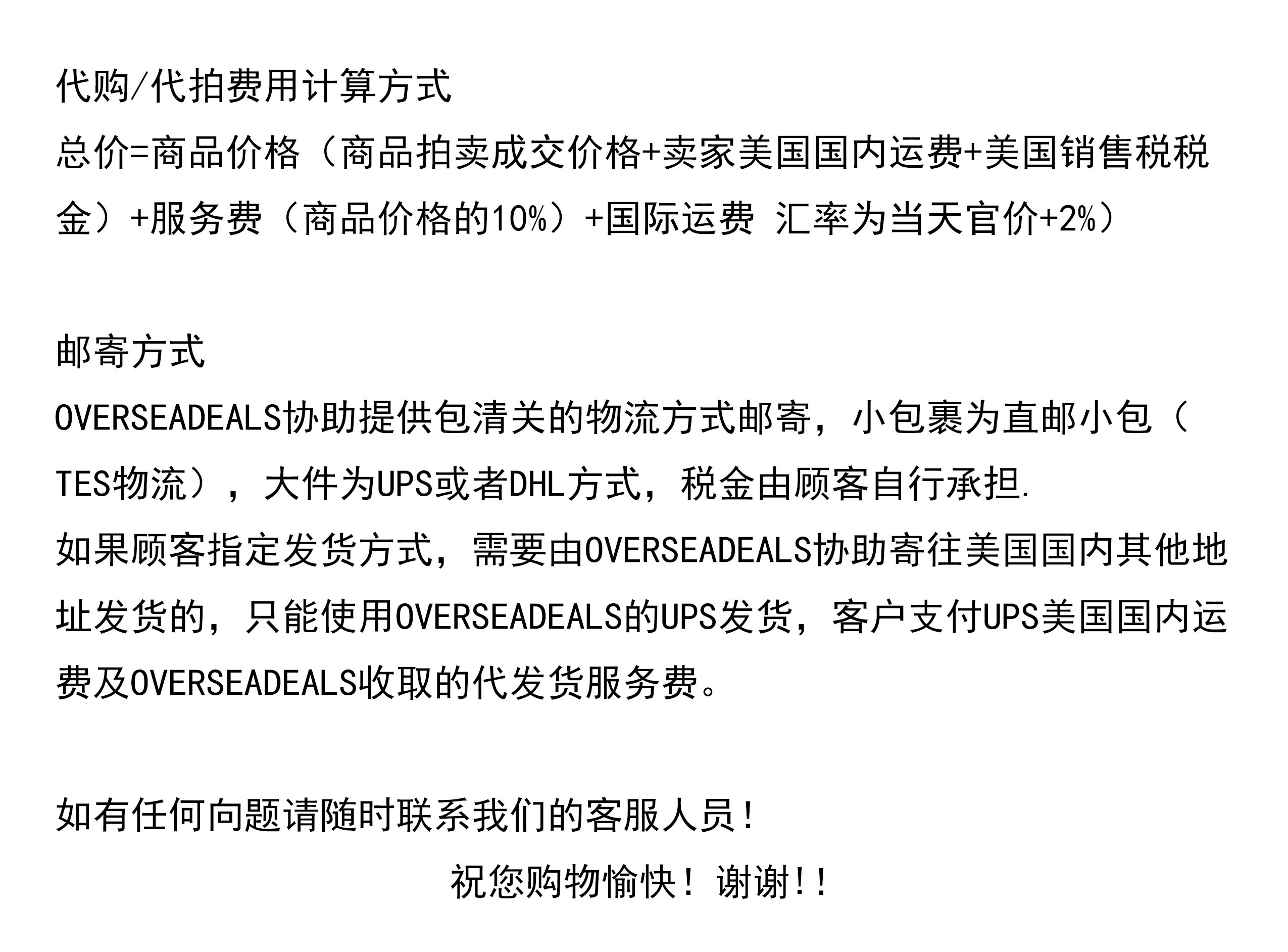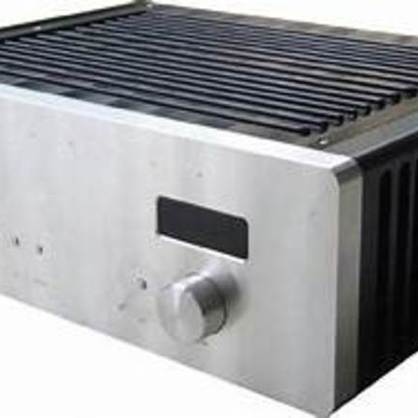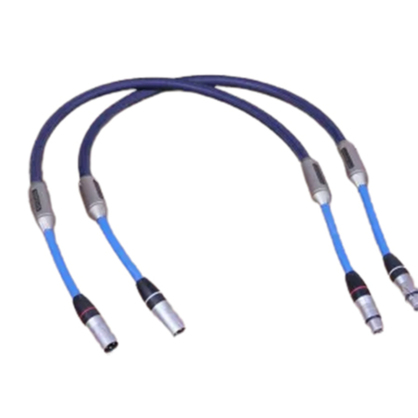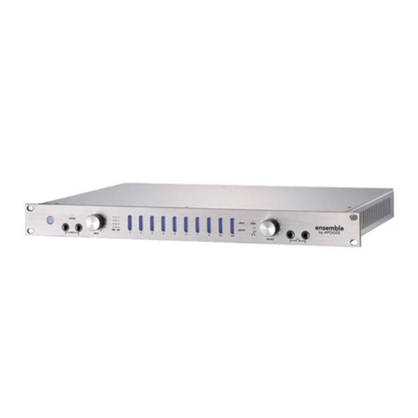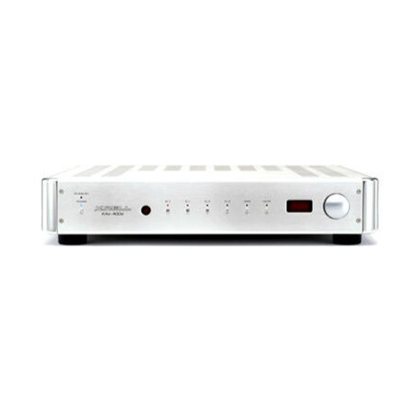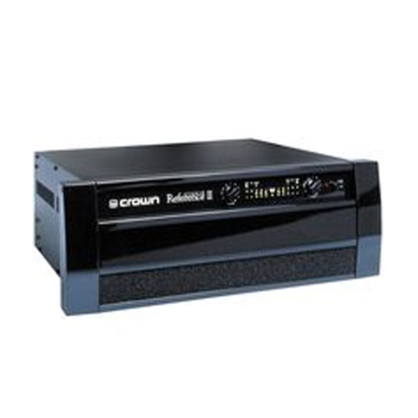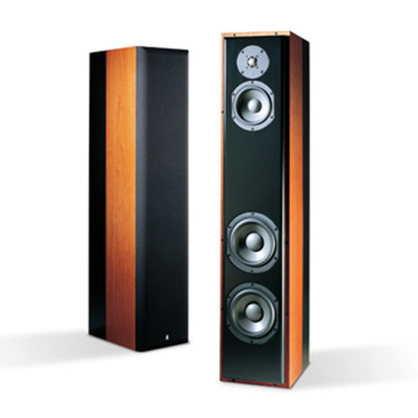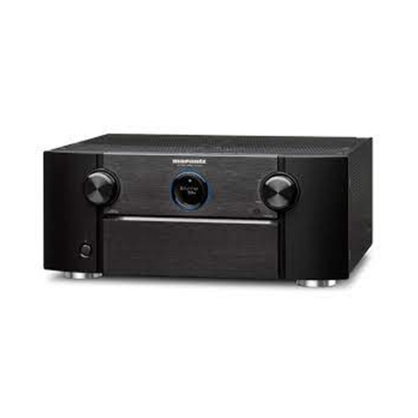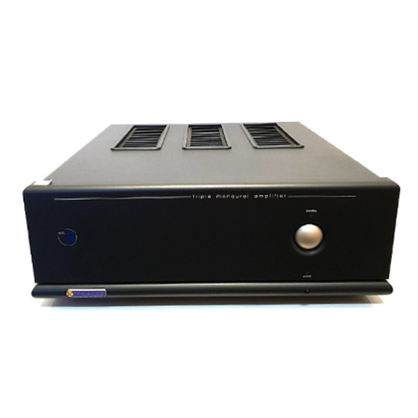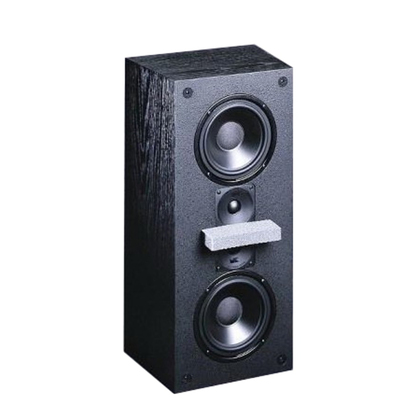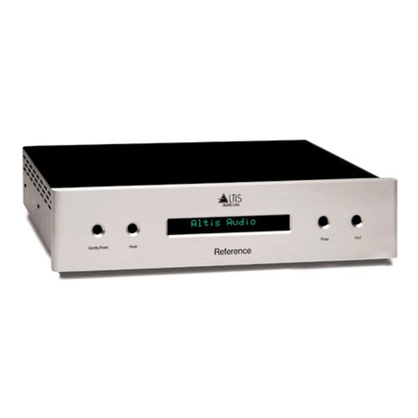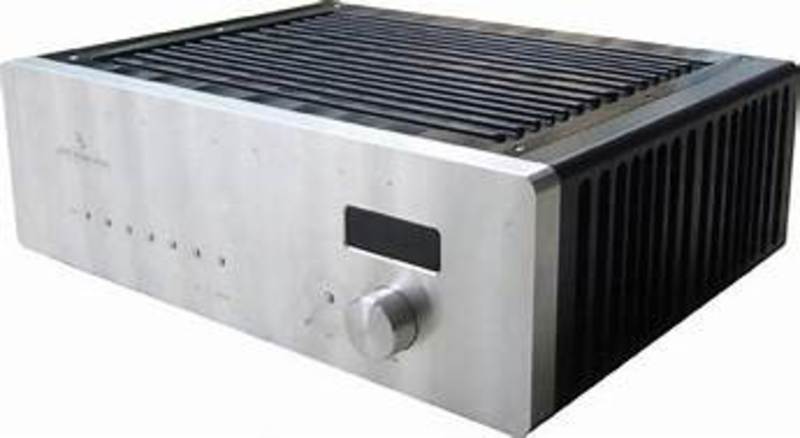JEFF ROWLAND乐林 CONCENTRA 合并二代功放
入门扩音机Concentra Mk.II,这款合拼机的前置部分是基于其旗下的Synergy前级改良而成的,而后级放大方面则采用Model 112的电路设计。
The Concentra II (1/2001 through 10/2003) is a 150 watt per channel integrated amplifier. It has a completely different power supply layout and design, in fact much more similar to the 112 power amplifier. The new layout is a much quieter source of power, and also has a separate front-end supply. The amplifier section has been derived from the model 10 and 112 power amplifiers, incorporating LM3886 integrated amplification circuits instead of bipolar transistors. See model 10, 12 and 112 for more info. The input section of the Concentra II is derived from the Synergy II preamplifier and utilizes a pair of audio input transformers. The Concentra II can be identified by its blue display and indicators.
INCLUDES: Optional high-quality internal phono preamp modules were available for 1000 euro.
Specifications :
Output Power..................................150 watts at 8 ohms, 250 watts at 4 ohms
Bandwidth.......................................0.1Hz to 160kHz, -3 dB
Slew Rate.......................................30 volts per microsecond
THD..................................................Less than 0.01% at rated power
Damping Factor...............................>60, 20Hz to 20kHz
Gain Structure.................................14dB Preamplifier section
..........................................................26dB Amplifier section
Volume Control Range......................99.5dB
Volume Control Resolution................0.5dB +/- 0.05dB over entire range
Input Impedance...............................36k ohms balanced or unbalanced
Common Mode Rejection Ratio........Greater than 60dB, 20Hz to 20kHz
Power Consumption.........................150 watts idle; 550 watts maximum
Inputs.................................................Balanced 3 x XLR per channel
............................................................Unbalanced 3 x RCA per channel
Outputs..............................................1 pair 5-way binding posts per channel
.............................................................1 pair balanced pre-out via XLR
.............................................................1 pair unbalanced pre-out via RCA
Dimensions(w x d x h)........................44.5 x 39 x 15.5 cm
Weight...................................................24kg
A good friend of mine has the Concentra II and I have heard it many times in his setup but somehow we never got around to comparing it to my model sixes. Nevertheless, because I know his system so well, I can safely say that the Concentra II indeed sounds like the ingredients that it is made of: a combination of the Synergy 2i preamp and 112 poweramp. It has all the finesse, low-level resolution and the fluid, airy and gentle treble as well as a colorful and romantic character. It is important to understand that although it really is marvelous, the Concentra II is not a universally applicable amp. Much like the Synergy 2i preamp, it can lack propulsion, speed and attack if the system it is placed in is unsympathetic. But match it with fast and open sounding speakers and the combination is stunning.
All Concentras have a balance control which makes sense because they contain a version of the Synergy preamp inside. Using the remote control, the balance will work but this just is not indicated on the front panel. To reset the balance, press “Mute” for a couple of seconds.
Although the C2’s mute function dims the display, and supposedly puts the unit in a low-power state, my friend still measured a power consumption of around 100 watts in that state. Compared to my Model sixes that use around 25 watts per side in standby, that seems really high.
The early Concentras had no possibility of putting it into standby or “sleep”. There is an option to upgrade early Concentra units with a “standby” mode that allows the unit to run cool and lower power consumption when not in use. Later models had this mode as standard. Standby mode is then engaged by pressing the “mute” switch after which the power transistors shut off and the unit consumes only a few watts. However, the original Concentra cannot be upgraded to Series II status.
Concentra Technology
The amplifier output section of the Concentra II contains six power amplifier circuits per channel, each capable of 150 watts of peak power, incorporated in a novel “Intelligent Power Transistor with Gain” configuration. These output circuits are used in place of standard output transistors to provide unprecedented audio performance, stability, and reliability virtually impossible to achieve with conventional discrete components.
These integrated power output devices, or transistors, despite greater cost in comparison to their more commonly used discrete transistor counterparts, occupy very little circuit “real estate,” dramatically reducing capacitive and dielectric storage effects, as well as simplifying the overall signal path. Because of these lower capacitive and dielectric effects, open-loop bandwidth is approximately ten times greater than comparable discrete circuit designs and mid and high frequency distortion is lowered an order of magnitude while output impedance is also lowered dramatically, resulting in a much more accurate and musical presentation.
These devices also allow the added benefit of extremely accurate bias control and stability, whereas most other amplifier circuits must rely on “thermal bias.” Thermal bias is a process where a temperature sensor, most often a diode or transistor mounted to the heat sink, mimics the behavior of the output transistors and adjusts the bias current accordingly as it heats or cools – less current when hot and more current when cool. The greatest drawback with thermal bias is that there is a time delay of several seconds between the time the temperature of the output transistor changes and the temperature sensor reacts, as heat from the output device must slowly travel through the heat sink before it will arrive at the sensor. Typically, under conditions such as when music is playing, where the signal is changing instantaneously and bias requirements will vary quickly and continually, the bias adjustment will almost never be optimal for low distortion and the best possible sound quality since the bias adjustment will never catch up to the changing needs of the output transistors. Within the Concentra II, the temperature sensing is all performed directly within the output transistors themselves. This system allows the device to react as soon as demands change so that any and all bias adjustments are performed instantly and optimally along with the music – there is no delay between the time the temperature of the device changes and the sensor detects the change, as the sensor is an integral part of the device itself. In this way, distortion is lowered and reliability is dramatically increased to best serve the music while at the same time-saving cost.
One common question is whether the output section of the amplifier is biased into Class-A operation. Technically, the answer is “yes,” as the exceptional linearity of the output section design achieves the advantages of pure Class-A operation. Using the “Intelligent Power Transistor with Gain” system keeps the output section properly biased at all times to eliminate crossover distortion caused by the output transistors during turn-on and turn-off, as opposed to the brute force Class-A biasing techniques used in other inadequate amplifier designs to compensate for poor linearity that result in low efficiency, excessive heat, electrical waste, and the need for power management.
Yet another advantage of the output devices Jeff Rowland Design Group has chosen is that they have no inherent current limiting – only thermal limiting. Most amplifier designs use a monitoring system to detect current draw. If the transistors are drawing too much current, the output section will shut down so as not to destroy itself. Within the Concentra II, the output transistors have no limit to the amount of current they can safely draw: unless thermally challenged, the output transistors have no power limit. If the device is driven hard and detects an unsafe temperature, it will simply lower the bias until a safe temperature is reached and then resume at the optimal bias setting.
The output transistors within the amplifiers are securely clamped to a massive, non-resonant, machined aluminum heat sink via a rigid, custom machined aluminum bar. The heat sinks have been designed with a specific height, depth, and width in proportion to the front panel, rear panel, and top and bottom covers of the amplifier so that when all of the various parts of the unit are assembled, the amplifier as a whole does not resonate or vibrate. It also means that the entire chassis acts as a heat sink for better heat dissipation. This allows optimal and efficient heat transfer from the output devices and prevents any mechanical resonance or vibration under high power conditions from affecting the signal. During demanding musical passages, the amplifier is able to play cleanly and smoothly with no chance for excessive heat or ringing heat sinks to interfere with or affect sound quality.
